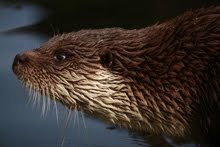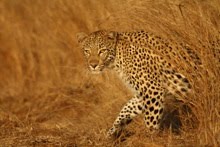 Any ideas?
Any ideas?
Our Favorite Bird Books of 2025
-
Thank the birding goddesses for books! In a year full of natural and human
challenges, books have been a source of comfort, insight, and inspiration.
Here ...
23 hours ago






.jpg)



.jpg)








.jpg)



6 comments:
Eggs on ice???
not eggs. related to ice.
It looks like blood on ice to me? If not, then some kind of fungus but I do not think a fungi would grow on it. Nope, I am sticking to the first one. :)
your first guess is actually what the locals call it but are you sure it is not living?
Can a fungi really live on that cold? Never having been there, I do not know for sure. :)
Although it looks like blood I believe I've heard of a fungi that grows on glacial ice.
Post a Comment